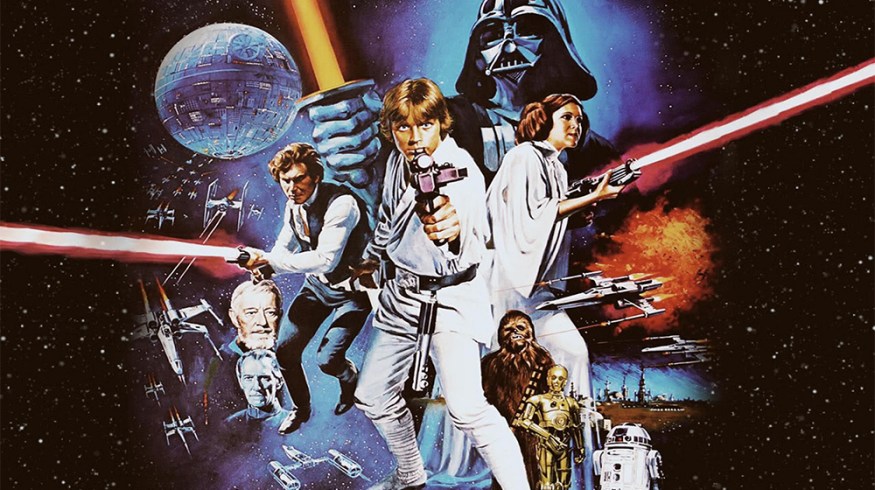
A Guide to the Basic Film Genres (and How to Use Them)
Let’s look at genre theory, what it entails, and how to utilize genres with a bit more practicality and creativity in your own projects.
One of the few rare things that one can actually learn in film school is the simple trick of taking a step back to view something you already know—through a new, academic lens. As filmmakers and film fans, we already know about film genres. It wasn’t until one of the first film theory classes I took that I actually learned how to view, deconstruct, and understand something as seemingly innate as genre.
Understanding “genre theory” is both very simple and very complex. In general, we all know the basics. The Hobbit is a fantasy book. Star Trek is a sci-fi television show. When Harry Met Sally is a rom-com. So, what do all those genre names actually mean? And, what exactly are the writers, filmmakers, and storytellers really doing to work within and against these modes?
Here’s a brief introduction into how filmmakers can understand and use “genre theory.”
What Are Film Genres?
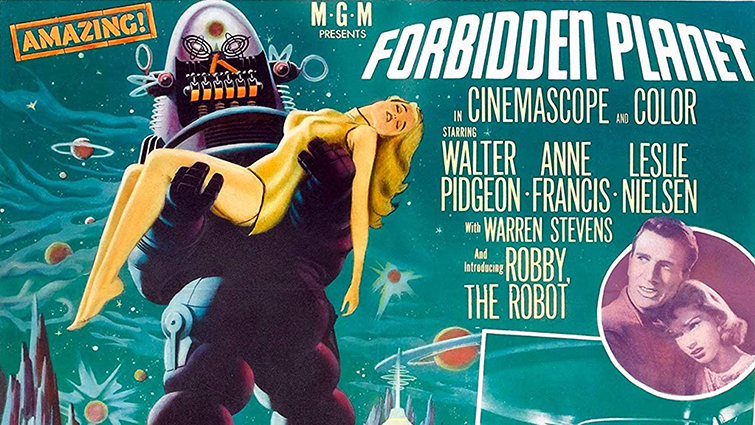
Taking the word at its definition, genre is the “term for any category of literature or other forms of art or entertainment, e.g. music, whether written or spoken, audio or visual, based on some set of stylistic criteria.”
The term dates back to ancient Greek literature. But, for writers, artists, and filmmakers, it’s usually the simplest, most practical way to categorize different styles of stories and content. We see genres while scrolling through Netflix, giving us a rough idea of what the stories are like.
It’s important to understand, though, that what we consider film genres today are, more often than not, hardly pure film genres, as they were in the early days of film. The majority of content produced in the last several decades often includes genre hybrids, using the rules of genre theory to produce new, unique, and different stories.
The Basic Film Genres
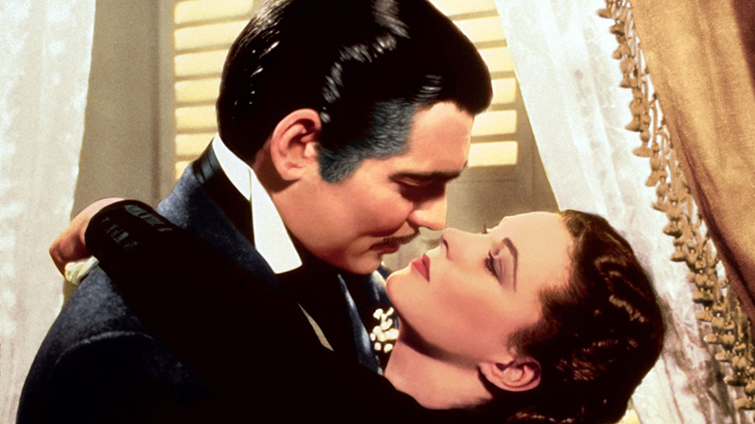
In the early days of cinema, genres were much more uniform and defined. Just as they were in literature and other forms of art and entertainment, people would go to the theater to watch a war film, a musical, or a comedy. The basic genres were well defined and included some of the following:
- Action
- Comedy
- Drama
- Fantasy
- Horror
- Mystery
- Romance
- Thriller
- Western
From there, you could dive a bit deeper. Sub-genres gave names and classifications to certain types of films within each genre. The “thriller” genre, for example, had the following sub-genres:
- Crime thriller
- Disaster thriller
- Psychological thriller
- Techno thriller
However, before we go over how to mix and match film genres, let’s go over some of the biggest and most notable.
The Action Film Genre

One of the earliest film genres, the action genre, has close ties to classic strife and struggle narratives that you find across all manner of art and literature. With some of the earliest examples dating back to everything from historical war epics to some basic portrayals of dastardly train robberies, action films have been popular with cinema audiences since the very beginning.
It’s also one of our best examples of the evolution of our cinematic hero’s journey and the classic hero vs. villain narratives, which you’ll find across all genres.
Some of the main sub-genres include the following:
- War and military action
- Spy and espionage action
- Martial arts action
- Western shoot ‘em up action
- Action hybrid genres
You can read more about the evolution of the action genre, its many sub-genres and examples, and some tips for creating modern action films in our full action genre breakdown.
The Comedy Film Genre
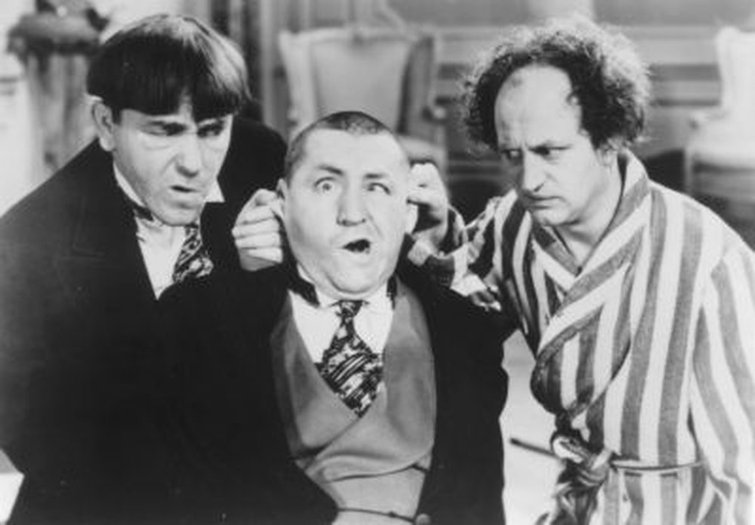
A favorite genre of film audiences young and old since the very beginning of cinema, the comedy genre has been a fun-loving, sophisticated, and innovative genre that’s delighted viewers. Some of the biggest names in the history of filmmaking include comedy genre pioneers—like Buster Keaton, Charlie Chaplin, and Lucille Ball—who made successful careers out of finding new and unique ways to make audiences laugh.
The comedy genre has also been one of the most flexible, as its roots have made their way into the very fabric of cinema and its many other genres. The art of warming a heart and bringing a smile to a viewer’s face will never get old, nor should we consider it anything but truly powerful.
Some of the main sub-genres include the following:
- Slapstick comedy
- Screwball comedy
- Parody comedy
- Black comedy
You can explore the comedy genre in-depth in our full comedy genre breakdown.
The Horror Film Genre
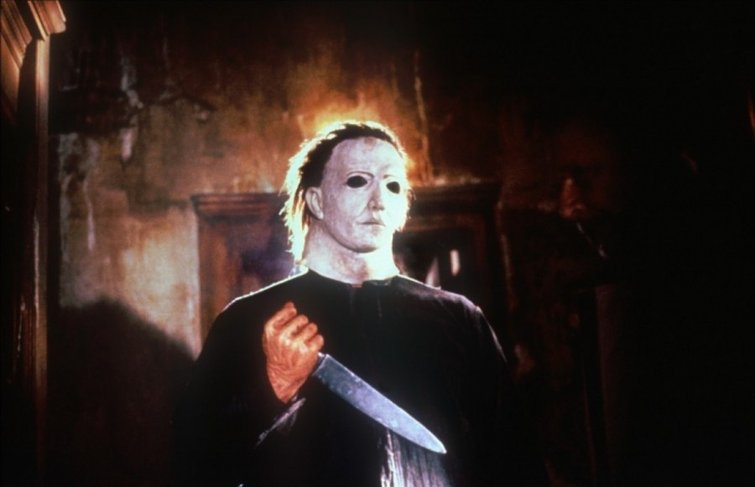
While the horror genre is sometimes considered a younger film genre, elements of horror have long been a bedrock of classic cinema, dating back to some of the earliest—and eeriest—days of filmmaking.
Examples like 1898’s Shinin No Sosei (Resurrection of a Corpse) come to mind, as well as several early horror iterations across the globe that captured the imagination of an audience hungry for creepy, occult fun. Taking cues from classic horror literature, big name horror franchises (of sorts) like Dracula and Frankenstein have existed within cinema for decades.
However, it’s in the rise of newer horror genres featuring zombies, slashers, found footage, and haunted dolls that horror has really found its hold, from the 1970s into modern times.
Some of the main sub-genres include:
- Zombie horror
- Folk horror
- Body Horror
- Found footage Horror
If you’d like to explore a great deal more about the origins and modern portrayals of the horror film genre, check out our full horror genre breakdown.
The Sci-Fi Film Genre

Science fiction is one of the most innovative of the cinematic super-genres. As far back as the Renaissance and the Enlightenment period, the development of what we call science today began influencing art and culture. It took it a while to fully integrate, and by the time the cinematic arts rolled around, audiences everywhere were ready to add “science fiction” to the types of genres they wanted to see.
Science fiction films are ostensibly about the future, when we’ve developed the technology to travel between stars, travel back in time, or pull off other technological marvels.
Of course, though, that notion is just an affectation. Science fiction stories take the social, cultural, political, and technological issues that we’re facing today and project them into a fictional future, where we can get a good look at them. Fear, awe, excitement, and hope are all hallmarks of the science fiction genre, which does a great job of showing its audiences what they aren’t noticing about their lives right now.
There are many sub-genres of science fiction, including the following:
- Science fantasy
- Cyberpunk
- Space Opera
For a full write-up on the history and development of science fiction films (and how to make one of your own), see our filmmaker’s guide to science fiction.
The Western Film Genre
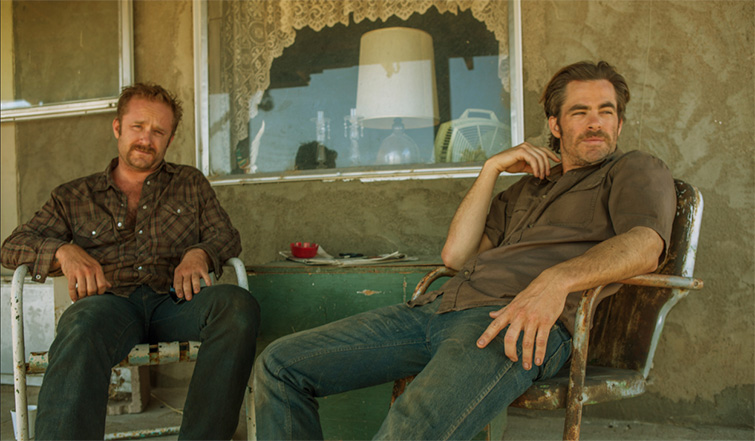
The Western is rich film tradition that has its roots in the American fascination with its Western frontier. These stories have their roots in the period of American expansionism, when fantasies of the “untamed” West thrilled Americans living in ever-expanding cities along the eastern seaboard. Tales of grit, honor, bravery, and “justice” turned this misunderstood territory (already fully inhabited by Native Americans) into a myth of manifest destiny and the idea that Americans should conquer it simply because it’s there.
Full of melodramatic conflicts, simplistic systems of morality, and the idea of taming the wild, the Western introduced film fans to a new type of experience—the terrain itself was a type of character. It could challenge the heroes, boggle the mind, conceal hidden dangers, and otherwise present itself as a force to be reckoned with.
Not surprisingly, the Western film had to evolve in order to keep up with developing ideas about social equity, brutality against native peoples, and the disappearance of “untamed” territory, so there are a number of Western sub-genres, including the following:
- Spaghetti Westerns
- Space Westerns
- Singing cowboy Westerns
- Comedy Westerns
- Neo-westerns
- Acid Westerns
- Meat Pie Westerns
- Charro Westerns
- Dacoit Westerns
- Documentary Westerns
For a full exploration of the history and development of the Western—and what you need to know to make your own—see our field guide to the Western.
The Romance Film Genre
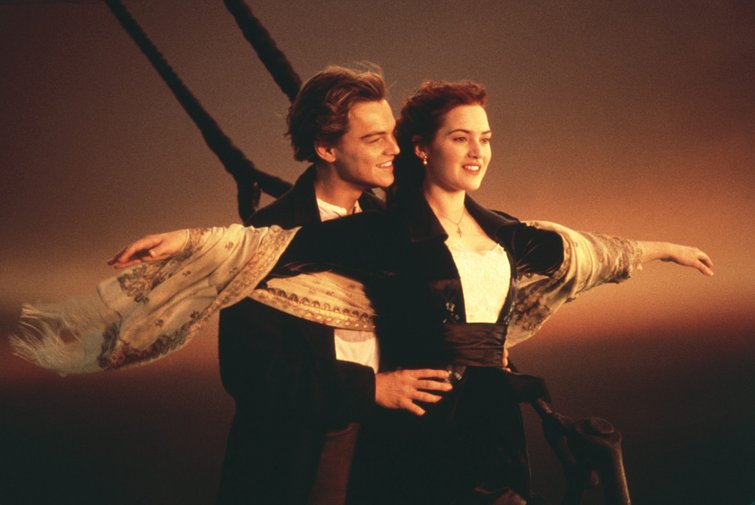
Ah, what would the great cinema tradition be if it weren’t for the countless stories of love and courtship. Since the advent of the movie theater experience, cinema has long been a favored pastime for couples looking to escape into a world of romance.
Similar to the action and comedy genres, the romance genre has become a central force in pretty much every other film genre under the sun. (Try to think of the last mainstream blockbuster you went to that didn’t have a love story at its core.) Still, even as early cinema was filled with classic romance examples and many hybridizations like the “rom-com,” the genre has certainly shifted over the years. Nonetheless, it remains a hugely significant genre for filmmakers and film fans alike.
Some of the main sub-genres include:
- Historical Romance
- Romantic Drama
- Romantic Comedy
- Chick Flick
- Paranormal Romance
For more information into how the romance film genre has shaped the history of cinema, check out our full romance genre breakdown.
The Thriller Film Genre
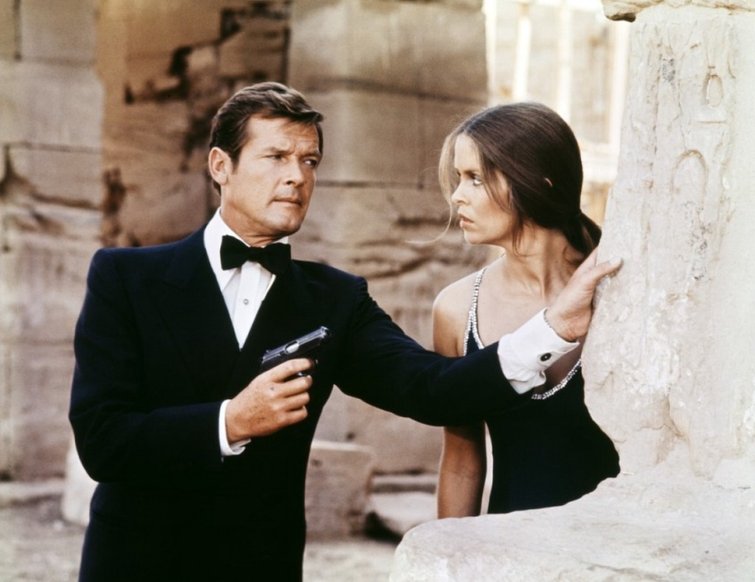
Once a stylized niche genre, the thriller film has gone so mainstream that it might be time to change the genre’s name to Summer Blockbuster Event.
The thriller’s rise coincides with the rise of the spy and detective pulp novels of the 1960s and 1970s. It’s been one of the best cinematic vehicles for exploring the sometimes upsetting and underrepresented truths about our governments and society at large. Owing some of its biggest successes to famous filmmakers like Alfred Hitchcock, and including some of our favorite characters like James Bond, the thriller has become a popular and important part of the cinema tradition.
Some of the main sub-genres include:
- Conspiracy Thriller
- Crime Thriller
- Legal Thriller
- Spy Thriller
- Supernatural Thriller
If you’d like to look deeper into the thriller genre, its development, and the many ways you can subvert its sub-genres for your own projects, read our full thriller genre breakdown.
The Fantasy Film Genre
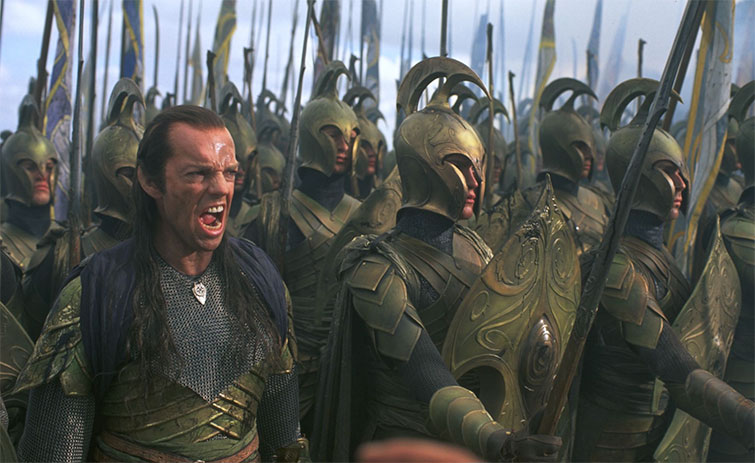
There are a number of ways to define the fantasy film genre, but perhaps the simplest is the inclusion of magic. In a fantasy film, there is usually a system for performing superhuman feats, be it by casting spells, using magic items, or some other means.
Fantasy has been a part of cinematic history since its earliest days, beginning in 1896 with Alice Guy‘s “The Cabbage Fairy.” Fantasy stories themselves go back even further than that—The Epic of Gilgamesh is one of humanity’s oldest fantasy stories, dating back roughly 4,000 years.
There are several different sub-genres we can use to classify fantasy films:
- High fantasy
- Urban fantasy
- Sword and sorcery
- Dark fantasy
- Magical realism
- Portal fantasy
- Superhero fantasy
For a more detailed look at these sub-genres, check out our guide on all things fantasy.
The Apocalypse Film Genre
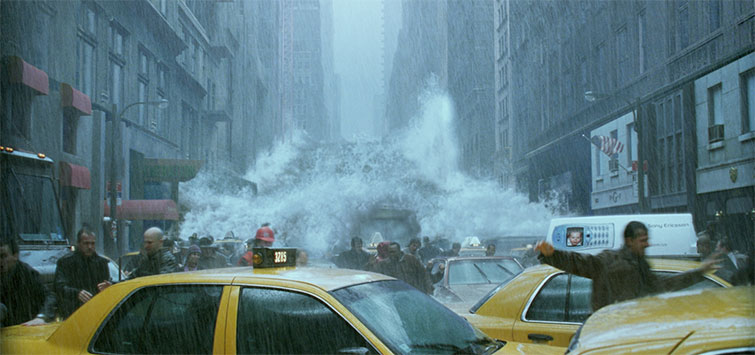
The apocalypse film is another popular genre. On the surface, these movies are simply about the end of the world. Typically, there’s a natural disaster (or several), a looming astronomical threat, a rampaging monster, or a nuclear holocaust taking center stage. Surviving the deluge of special effects is the name of the game, and the budgets for these blockbusters are usually huge.
However, there’s more nuance to this seemingly destructive genre than you might think. The apocalypse is usually a metaphor of some kind. It divides families, it rolls back social progress, it reveals the fragility of human life—there are any number of things the apocalypse can be doing that we usually attribute to something else, like broken marriages, politics, or famine.
The most popular apocalypse films use this metaphor to their advantage, and we get to watch the protagonists overcome not only the pending global threat, but the threats to their home, family, and personal lives that they had been ignoring.
There are several sub-genres of the apocalypse film:
- Monster apocalypse
- Zombie apocalypse
- Invasion apocalypse
- Natural disaster
- Nuclear apocalypse
For more on this oft-misunderstood genre (and its sub-genres), check out “The Filmmaker’s Guide to the Apocalypse.”
The Martial Arts Film Genre
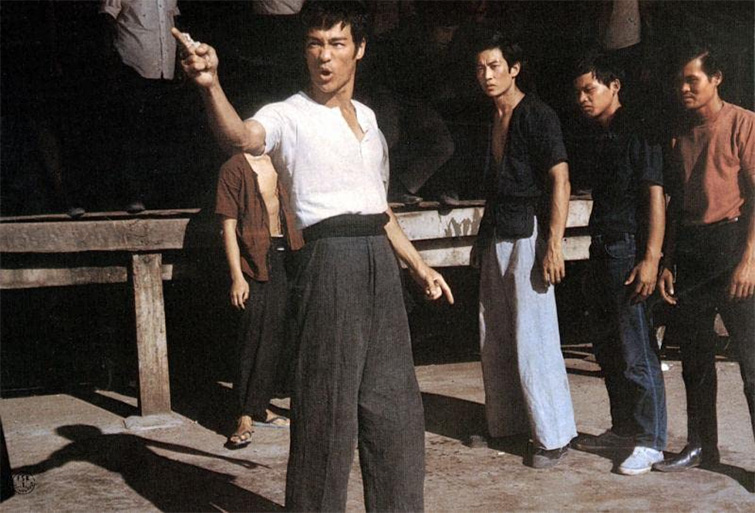
When you think of the martial arts film genre, you think of fights, and these films have left an indelible mark on the cinema. Many genres today rely on heavily choreographed fight scenes developed over months. We can thank the martial arts film, and Bruce’s Lee’s innovation of hiring actual martial artists, for these crowd-favorite fight scenes.
While it’s easy to think the martial arts film as simply about fighting, that would be an oversimplification. The martial arts film folds combat into its narratives, and it uses this conflict to tell stories that we don’t otherwise see in our favorite film genres. Every martial arts fight implies years of training, dedication, and work that the characters went through to prepare for exactly this moment. There is an intersection of lives and traditions that unfolds in a matter of seconds.
The martial arts film genre includes several sub-genres:
- The Kung Fu film
- The Wuxia film
- Karate films
- Action-comedy
For more on these different traditions and how they have shaped the martial arts film genre, check out “The Life and Times of the Kung Fu Film.”
The Sports Film Genre
If the martial arts film genre captures our fascination with combat, then the sports film captures our fascination with competition. We love a good underdog story, and the best sports films take us on a journey that charts a winner’s unlikely beginnings through the tremendous challenges they must overcome to become the best. Viewers will watch competitions of all kinds, from championship football matches to hot dog eating contests to how long people can stand and maintain contact with an automobile.
The stories in sports movies are often familiar—a champion prevails. But we like watching them over and over because they offer a thrill that we can’t find in any other genre.
Here are just a few of the sub-genres of sports films we all know and love—be sure to read our write-up on each one:
How to Use Film Genres
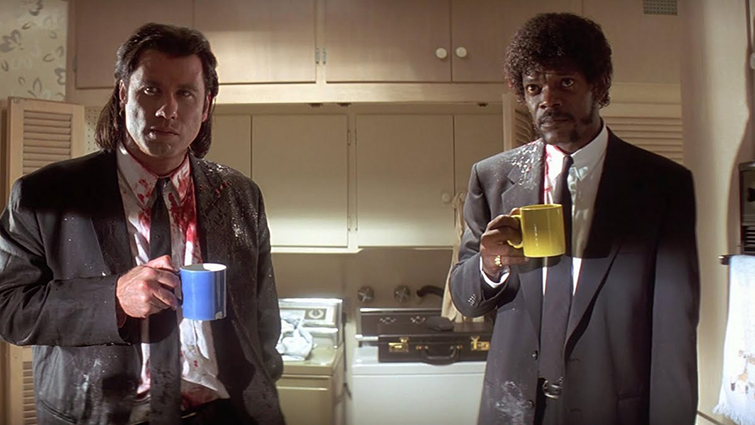
As the art of film evolved, more and more genres developed as filmmakers moved towards finding new and creative ways to subvert and combine them. Concepts like the “rom-com” appeared, combining the traditional genre elements of romance films and comedy films. Newer, more niche genres like the “road movie” and “disaster film” popped up alongside hybrid genres like “buddy cop” and “sci-fi western.”
By examining and mashing up genre theory, filmmakers have unlocked and combined different elements from disparate genres to create legendary results—like George Lucas’s Star Wars, which combines science fiction, samurai, western, and war genres, to name a few. Some take it further—Quentin Tarantino’s Pulp Fiction glides between genres chapter by chapter.
Genre theory is still very much a part of how we view and create films. However, genres are also in the process of being completely radicalized. It’s up to you to not just consume, but also strive to understand what other movies are doing. Then, apply your own research and inclinations toward the genres you choose to work with in your projects.
For more genre theory and filmmaking tips and tricks, check out these articles:
- 7 Filmmaking Insights from Modern Film and Television
- Filmmaking Challenge: How to Create Foley for Stock Footage
- How “The Mandalorian” Got Feature Film Effects on a TV Budget
- The 2010s: The Biggest Filmmaking Moments of the Decade
- Roundup: Genre Filmmaking Tips and Tricks from the Filmmakers of Fantastic Fest
Cover image via Twentieth Century Fox.





